With EU milk quotas set to be abolished in 2015, British dairy farmers have a once-in-a-generation opportunity to expand production - but public resistance to large-scale farms has so far prevented them. Nuffield scholar Amy Jackson, who acted as a PR adviser to the controversial Nocton dairy, says it’s time to look abroad for possible solutions

Mounting objection to large-scale agricultural projects over the past 36 months has not happened by chance. It tallies neatly with the furore over the failed Nocton Dairies proposal to set up Western Europe’s largest dairy farm in Lincolnshire three years ago.
Post-Nocton, public scrutiny of applications not just for cows but also poultry, pigs and even glasshouses has soared. But it started with Nocton, so it’s not surprising that with two animal welfare campaign groups - Compassion in World Farming and WSPA - committing to long-term fights against the rise of the ‘megadairy’, milk producers wishing to expand are feeling especially vulnerable.
The UK has lost half its dairy farmers since 2000, and while herd size and milk yield per cow have risen over the same period, production is floundering over a billion litres short of where it was 10 years ago.
The real problem with the megadairy is public unfamiliarity with cows being indoors year-round instead of in fields”
To compound this situation, our European competitors are eagerly eyeing the 2015 removal of quotas and the free market opportunities this will present. Danish and Dutch farmers are actively investing in housing and infrastructure to manage growing environmental regulation. Their dominant co-ops see great opportunities ahead - both within and outside the EU. Germany already has many large-scale dairy farms in the east, and is now shifting from tiny smallholdings to medium-scale operations in the west. Meanwhile, in Ireland there is increased focus on New Zealand-style specialist grazing systems to boost milk solids production by 50%.
Against such competition, British dairy farmers cannot afford to be shy about expanding production - and, indeed, DairyCo reports almost a third plan to do precisely that over the next two years.
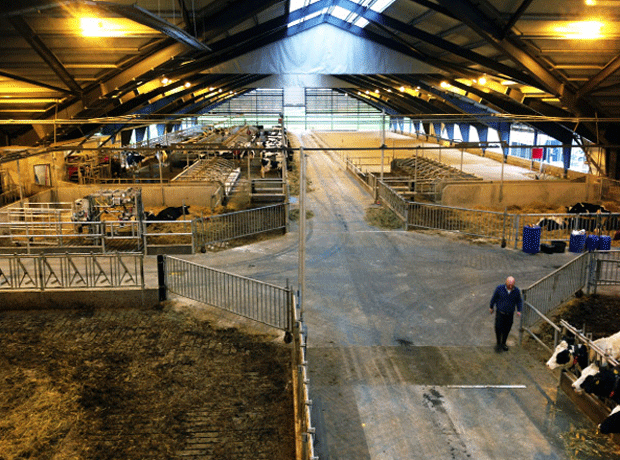
However, assuming the majority will do so by increasing herd size, some could inadvertently be creating ‘megadairies’. That’s why the British dairy industry urgently needs a strategy for talking to consumers about different production systems and overcoming reservations about larger-scale units.
But before we think about strategies, let’s get one thing straight: I strongly believe scale is a red herring - the real problem is public unfamiliarity with cows being indoors year-round instead of in fields.
Specialist grazing systems, used mainly in New Zealand, can often involve herds of 600 cows or more - yet such ‘megaherds’ are rarely met with opposition. Where they are, this tends to be confined to local issues, such as the fouling of roads and interference with local traffic. Overall, grazing, even when carried out on a large scale and intensively, is seen as ‘natural’.
It’s not surprising that such grazing systems are becoming more popular in the UK, but they are only an option if the right land, soil, climate and market conditions are available. In some cases, housing cows is the only solution, so what should we do to help dispel some of the public suspicion around housing?
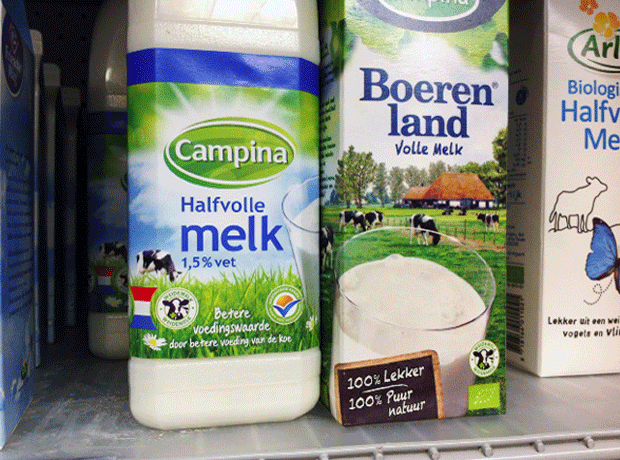
Many campaign groups focus on welfare issues when opposing ‘megadairies’, so animal welfare might be an obvious starting point. I firmly believe we can do so much better in communicating the evidence that excellent welfare is possible on all types of farm, and that a well-run housed system - such as those I saw during a trip to the US - can deliver significantly lower lameness and mastitis levels than our UK averages.
Furthermore, studies show more highly productive cows actually prefer a ‘canteen’ meal and soft dry bed inside to foraging for their feed in an unsheltered field.
But better communication of welfare outcomes ignores one crucial factor: people really do like seeing cows in fields.
The dairy industry in the Netherlands recognised this years ago, and has been proactive in its response. Dutch dairy companies decided to pay a subsidy to farmers in return for having cows outside, on display, doing what the public believes cows should be doing.
That premium - from half to one cent per litre, presented as a genuine bonus from the processors’ coffers rather than an ‘undiscounted’ standard price - is contingent on cows being grazed for a minimum of six hours per day, 120 days a year. About 20% of milk produced in the Netherlands goes to the Dutch liquid milk market, and it all comes from this grazed milk, clearly labelled on the packaging. The remaining 80% of farmers are free to use whatever system - housed or otherwise - works best for them, allowing them to aggressively ramp up production and pursue export agendas without alienating domestic consumers.
It’s a clever approach that is respectful of consumer wishes, and one the UK could learn from given that housed systems will inevitably be part of the mix if our dairy industry is to grow or even just maintain production. In Britain, could this approach recognise the PR role grazers play on behalf of the industry, especially family farmers operating a traditional housed-in-winter, grazing-in-summer system? They fit the public’s ideal and keep cows on display; and just as in the Netherlands, they reassure the public that some things will remain. Could we even find a way to remunerate traditional family farms in Britain with much-needed investment funds?

Dealing with this issue should free up ‘expanders’ to focus on the tough job of gaining what is known in Australia as ‘social licence’. This can only be achieved by respecting societal demands and putting in the hard work to build enduring relationships. And as an industry, we need to be braver in bringing the public up to speed on the latest in dairy production systems. Who can blame them for unfamiliarity when all they see are the images of black and white cows in green fields that we promote? What about showing them housed cows in light airy sheds or content woolly cows outside in the winter? We, as an industry, urgently need to familiarise stakeholders with our modern dairy systems.
We need a concerted effort to educate regulators and planning officials about the constructive can-do approaches taken in other countries. It’s not weaker regulation, it’s more constructive regulation.
And a final thought: maybe animal welfare should become part of planning law, with proposals assessed by independent qualified experts rather than tried by hearsay and vested interests? If we seriously want to capitalise on opportunities heading our way, the time for transparency and accountability is now.









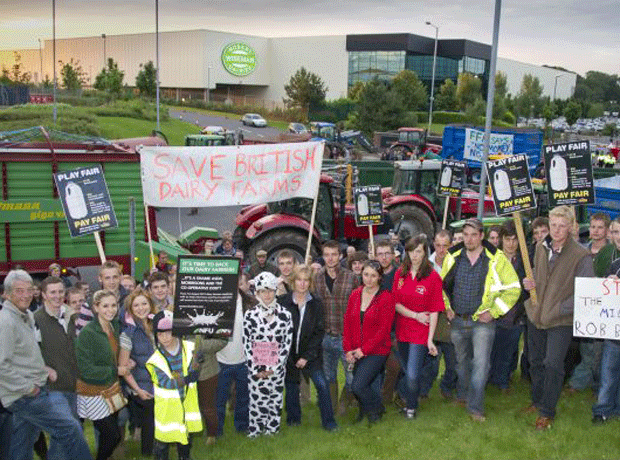
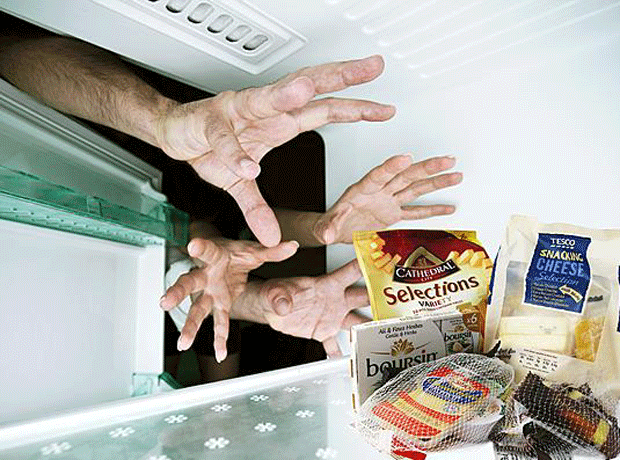
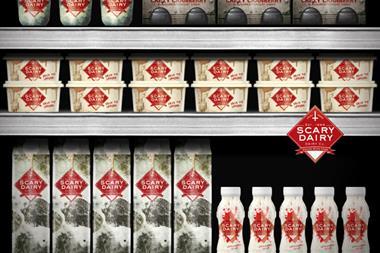







No comments yet